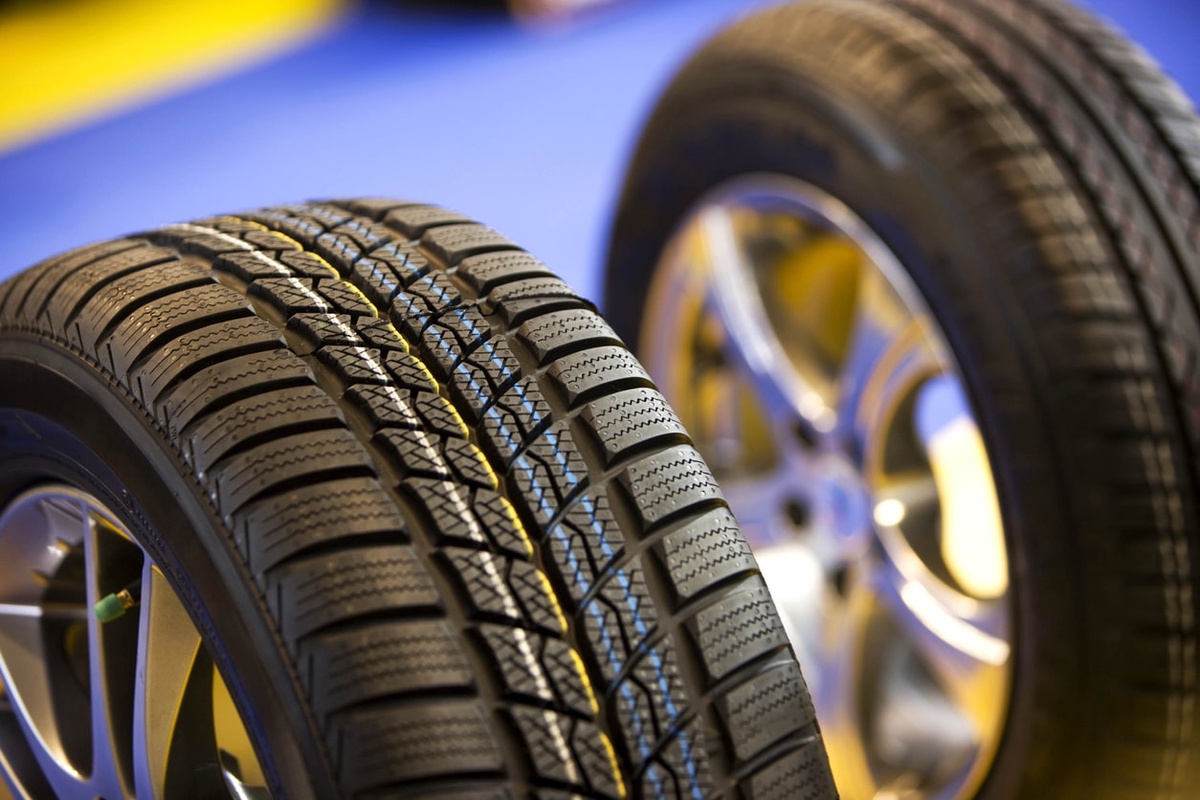The tyres on our cars will eventually wear out as they drive on a road surface. Little pieces of the tyre rubber are torn off by the continuous ablation of the hard face of the stones that comprise the road, which wears down the tire's rather soft rubber. Your tyres will eventually become so worn out that new ones will need to be installed. This is quite typical, as Tyres Redcar is considered to be the most consumable item that has to be replaced on a regular basis.
Uneven tyre wear: what is it?
Unless there is an issue with another part of the automobile, tyres usually wear pretty evenly. Uneven wear can result from a variety of situations, which can cause the tread pattern to wear irregularly. However, what causes uneven wear, and how does it appear?
Why do tyres wear unevenly?
The characteristics of uneven tyre wear include sections of the road-contact surface that will seem noticeably different from the remainder of the tyre. Uneven tyre wear is often very noticeable.
Tyres can wear unevenly for several causes, many of which are related to the alignment of the chassis parts connected to the wheels, provided that the alignment of the wheels hasn't been pushed out of place by a traffic accident or kerb-mounting.
Uneven tyre wear can also result from a few simple maintenance mistakes, therefore it's critical to keep your automobile properly maintained in accordance with manufacturer's guidelines.
Incorrect tyre pressure: Inflating tyres to the incorrect pressure, which places various loads on the tyre surface, is one of the main reasons of uneven wear. The central portion of the tyre tends to wear down more on overinflated tyres, and vice versa.
Incorrect wheel alignment: Also referred to as "tracking," wheel alignment deals with how the vehicle's mass is distributed and how the wheels and tyres interact to one another in order to maintain the automobile moving straight ahead. Erroneous tracking puts the tyres in abnormal places and makes them wear more quickly.
Incorrect toe setting: The car's front wheels and tyres are positioned at small angles to increase stability, especially when cornering, and to accommodate the road's moderate curvature.
This is frequently referred to as "camber" and is known as toe-in or toe-out. A condition known as "feathering," or excessive tyre wear, may result from an improper toe angle. Wheel alignment is related to this wear, which can only be fixed using specialised alignment equipment.
Problems with suspension: Wear on your suspension components, such as shocks, springs, bushes, etc., can place undue strain on your tyres and modify how they wear. Sawtooth tyre wear is a phenomenon that can be caused by suspension problems.
Overuse of forceful braking: This wears down sections of the tyre by pressing the brakes harder and locking the wheels faster than necessary. This results in a flat spot, or wear on the tyre. Every time the wheel spins, a flat area will put more wear on the spot's edges and vibrate the steering wheel.
checking the wear on your tyres
The 8mm tread on a fresh tyre is where the block grooves that provide traction on the road come from. The tyres will deteriorate as you drive on them until they reach 1.6mm of tread depth, at which time they will no longer be able to be legally used and will need to be replaced. It is generally advised, therefore, that tyres be changed before the legal limit, at 3mm of tread depth. This is solely for safety reasons; when a tyre's tread wears to 3 mm, braking distances are impacted and the chance of aquaplaning increases.
When water accumulates between your tyres and the road, it can lead to aquaplaning, which is a loss of traction.
You have two options for determining your tyres' tread depth:
- Examine the tread wear indicators around the circle of the tyres. These are rubber bars inserted into the tyre grooves; as the rubber deteriorates, the bars become visible, signalling that the tire's 1.6mm legal limit has been reached.
- A tyre gauge is a device that is inserted between the grooves and indicates the distance your tyres are from the permitted maximum.
- 20p check: A 20 pence piece, like the tyre gauge, will indicate how near your tyres are to the permitted limit. All you have to do is insert the coin upright in the grooves; if the border appears around the 20p coin, your tyre does not have adequate tread.
- It's crucial to keep in mind that in order to make sure the treads aren't worn unevenly, these inspections must be done over the breadth of the tyres.
How do you fix an uneven tyre tread?
The driver is in charge of the tyres' condition. The lifespan of tyres that are correctly aligned and filled to the recommended pressures will outlast that of neglected tyres.
To make Tyres Redcar last longer, they can occasionally be rotated. Car tyres will deteriorate at various rates; to promote uniform tyre wear, rotation is one way to help. For this to work, a tyre must be removed by a professional and replaced on the vehicle at a new location. 6,000 miles or every six months, whichever comes first, is the suggested interval for this.


No comments yet